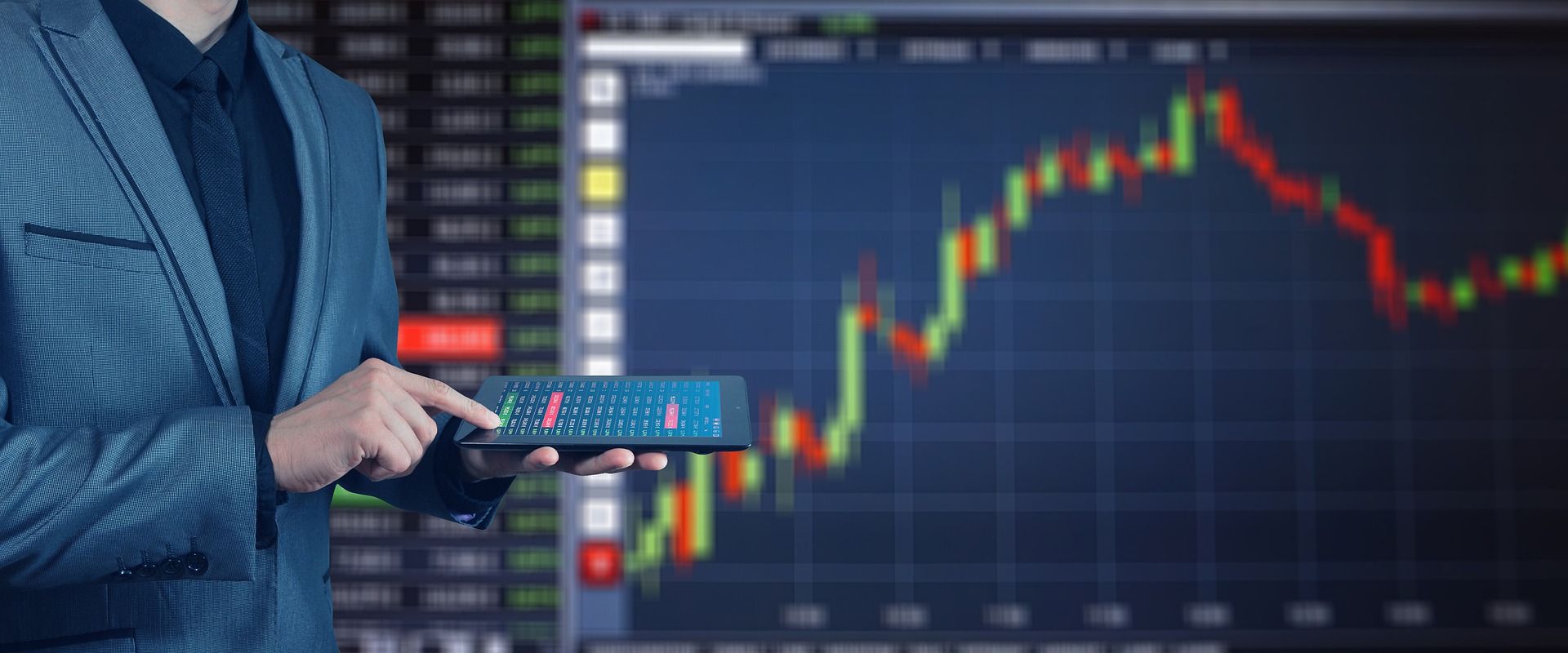
What are long and short positions in CFD trading?
-
by admin
You can take either a long or short position when you trade CFDs. Taking a long position means buying the underlying asset while taking a short position means selling the asset. You will take a long position if you think the asset price will go up. If you think the price will decrease, you will take a short position.
It’s important to remember that you are not buying or selling the underlying asset when you trade CFDs. You are only guessing at the asset’s price trend.
Taking a long position
If you take a long position in an asset, you are betting that the price will increase. Let’s say, for example, that you take a long position in gold. It means that you think the price of gold will increase in the future.
You will make a profit if the price of gold rises. However, if the price of gold goes down, you will incur a loss.
Taking a short position
Taking a short position in an asset means that you are betting that the price will decrease. Let’s say, for example, that you take a short position in oil. It means that you think the oil price will decrease in the future. If the oil price does indeed go down, you will make a profit. However, if the price of oil goes up, you will incur a loss.
What is leverage?
Leverage is essentially a loan that the broker provides. When you use leverage, you can trade with more money than you have in your account. For example, if you deposit $1,000 into your account and use 10:1 leverage, you will be able to trade with $10,000.
What is the spread?
The spread is the difference between an asset’s buy and sell price. If the current price of gold is $1,000 per ounce, the purchase price is $1,002, and the selling price is $998, then there is a spread of $4.
Spread cost
It’s important to remember that you can lose money even if you are correct about the direction of the price movement. You have to pay a spread when you enter a trade. The spread is the difference between an asset’s buy and sell price.
Let’s assume that the current price of gold is $1,000 per ounce. The buying price might be $1,002, and the selling price might be $998. It means that the spread is $4. If you buy a long position in gold at $1,002 and then sell it when the price rises to $1,006, you will make $4. However, if the price falls to $998, you will incur a loss of $4.
Using leverage
It’s also crucial to recall that you could lose more than you invested at first when it comes to CFD trading. It’s because you’re using leverage to trade. Leverage is essentially a loan given by the broker.
Let’s assume you deposit $1,000 into your trading account. You then take a long position worth $10,000 using this money. This means that you are employing 10:1 leverage.
Because you can short gold at a lower price than long it, your position will appreciate if the price of gold rises by 1% because you’ll be making money. If the cost of gold goes down by 1%, on the other hand, your position will lose $100.
Thus, it is possible to make a significant profit even if the asset price only increases slightly. However, it is also possible to lose your entire investment even if the price only falls by a small amount.
In conclusion
It’s important to remember that CFD trading is a risky investment, and you can lose money. Be sure to understand the risks before you start trading. If you’re new to trading, it might be good to practice with a demo account before you start trading with real money. It will allow you to get familiar with the market and learn how to trade without risking your own money.
You can take either a long or short position when you trade CFDs. Taking a long position means buying the underlying asset while taking a short position means selling the asset. You will take a long position if you think the asset price will go up. If you think the price will decrease, you will…
You can take either a long or short position when you trade CFDs. Taking a long position means buying the underlying asset while taking a short position means selling the asset. You will take a long position if you think the asset price will go up. If you think the price will decrease, you will…
